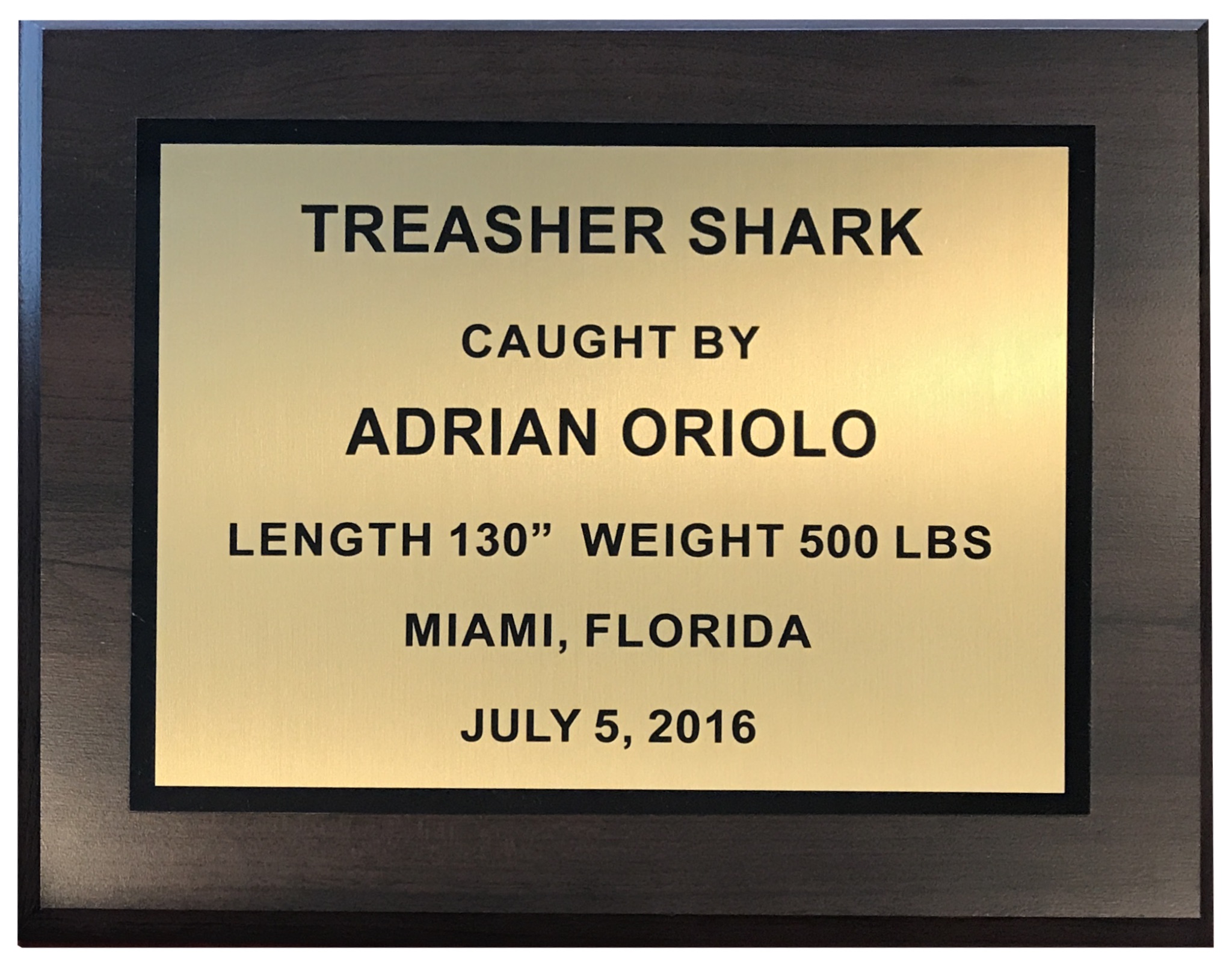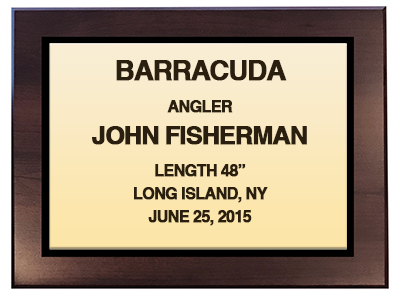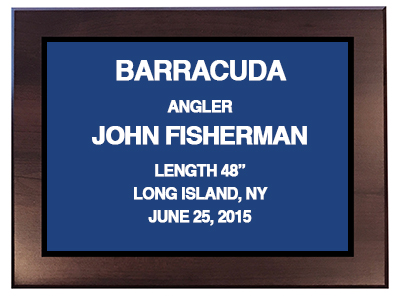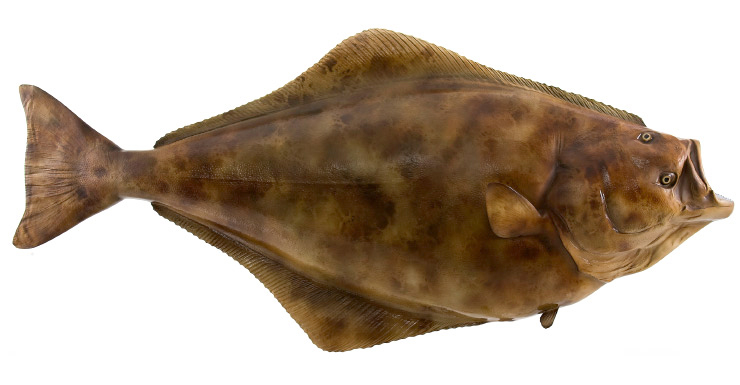Product Overview
A Halibut fish trophy fish mount from Gray Taxidermy is handcrafted in the U.S. We combine over fifty years of experience and skilled craftsmanship to ensure that your custom trophy mount exceeds your expectations of what a perfect custom fish mount should look like.
Our skilled artists take pride in capturing the rich beauty and realism of nature that each unique marine species bring.
A fish mount from Gray Taxidermy will capture and commemorate a memory of a life time. We are able to transform raw materials into the ultimate representation of an angler's most notable achievement.
Great attention to detail and true craftsmanship is our motto while we continue to serve customers around the world. Gray Taxidermy goes to great lengths to ensure the precise color and characteristics are resembled in your custom fish mount.
Before leaving our facility, each custom fish mount is thoroughly inspected to ensure our goal of 100% customer satisfaction.
Product Specs:
- Available Sizes: Call for Info
- Details: Fired-Enamel Glass Eye
- Product Options: Wood Plaque, Custom Base, 360°
-
We also offer elegant solid wood plaques to accompany yor trophy mount. Includes traditional wood plaque with sublimated personalized information. Just ask for more information

 15 in x 12 in or 10 in x 8 in personalized wood plaque.
15 in x 12 in or 10 in x 8 in personalized wood plaque.
Color: Gold
 15 in x 12 in or 10 in x 8 in personalized wood plaque.
15 in x 12 in or 10 in x 8 in personalized wood plaque.
Color: Blue
Species Information
Scientific Name: Hippoglossus stenolepis
Average Size: Halibut can grow to more than 8 ft long and 700 lbs.
Location & Habitat: Pacific halibut are found in coastal waters from Santa Barbara, California, to Nome, Alaska. They are most common in the central Gulf of Alaska, particularly near Kodiak Island. They’re also found on the other side of the Pacific, from the Gulf of Anadyr in Russia to Hokkaido, Japan. Juveniles (1 inch and larger) live in shallow, near-shore waters off Alaska and British Columbia. Halibut move to deeper water as they age. Adults migrate seasonally from shallow summer feeding grounds to deeper winter spawning grounds.
Description: Pacific halibut have flat, diamond-shaped bodies. They swim sideways, and the upper side is typically mottled gray to dark brown, which helps it blend in with sandy or muddy bottoms. Their underside is typically white. Both of their eyes are on the upper side of their body. Their scales are small and buried in the skin, giving them a smooth appearance.
The Pacific halibut is one of the largest flatfish – they can weigh up to about 500 pounds and grow to more than 8 feet long. Males tend to be smaller than females. Males sexually mature when they are 8 years old; females are able to reproduce by the age of 12. They spawn during the winter in deep water along the continental slope, mainly in the Bering Sea, Aleutian Islands, Gulf of Alaska, and south to British Columbia. Depending on their size, females can have between 500,000 and 4 million eggs. Scientists believe females release their eggs in batches over several days during the spawning season. Eggs hatch after 12 to 15 days. The larvae slowly float closer to the surface where they remain for about 6 months until they reach their adult form and settle to the bottom in shallow water. Halibut live to be relatively old – the oldest halibut on record was 55 years old, but halibut over age 25 are rare.
Larval halibut feed on zooplankton (tiny floating organisms). Juveniles eat small crustaceans and other organisms that live on the seafloor. Adults aggressively prey on a variety of groundfish, sculpins, sand lance, herring, octopus, crabs, clams, and occasionally smaller halibut. Marine mammals and sharks sometimes eat halibut, but due to their large size, halibut are rarely preyed upon by other fish.





Call Now: 800.452.5501